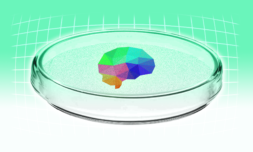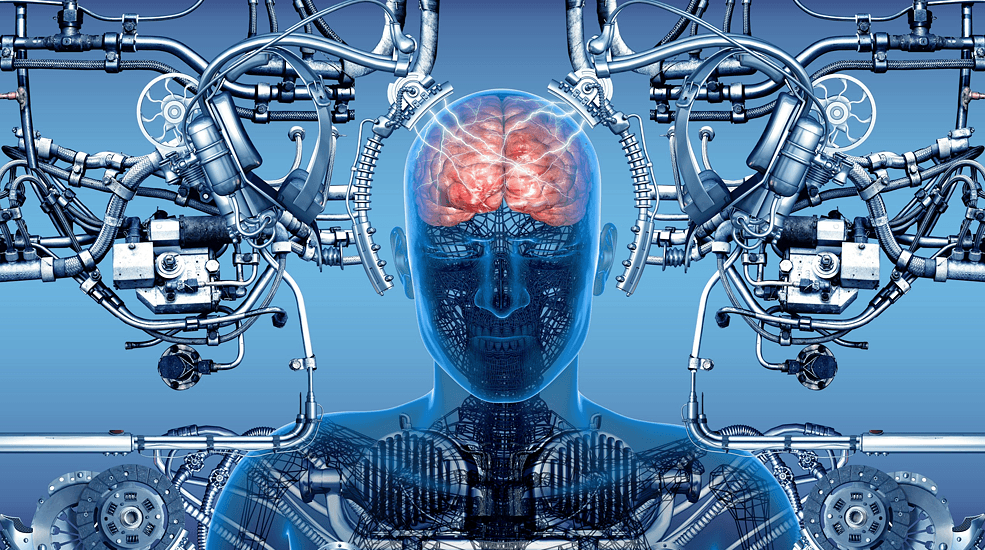The next wave of technology proposes some truly wild ideas, but which are likely to be commercially viable in the next decade?
Technologies are fast materialising from farfetched ideas into everyday normal processes we take for granted. From transportation, labour, and medicine, to commerce and entertainment, no industry remains untouched by the insatiable human desire to constantly evolve and innovate.
But which of the wild ideas floating around the marketplace are commercially viable and likely to become major breakthroughs in the next decade? We’ve picked our top five:
1. Smart Dust


Imagine a microscopic assortment of sensors capable of gathering all manners of data from any environment once scattered, wirelessly translating data back to the cloud. Introducing ‘Smart Dust’.
These particles, no bigger than a grain of sand, are capable of sensing anything from light and vibration, to humidity, and have seemingly limitless application. Whether you’re a car mechanic looking to diagnose an engine problem, or a farmer looking to optimise a large-scale crop harvest, this technology will relay parameter-specific findings back to the user.
Tech companies such as Analog Devices and Jeeva Wireless have declared serious interest in the concept and are collaborating to optimise the technology, while researchers at the University of California are reportedly working on an ingestible human implant to monitor brain activity.
The thought of microscopic computers floating in the air around us is a privacy nightmare only Mark Zuckerberg could get excited about, but companies are continuing to push forward with Smart Dust regardless.
2. Neuromorphic Hardware


As far as artificial intelligence has come in modern times, there are still occasions when Siri will respond to simple commands like ‘call mum’ with ‘call mum what?’ This is because today’s AI, intelligent as it is, is programmed to imitate human decisions, and not to think independently.
This is where neuromorphic hardware comes in. This revolutionary form of computing is concerned with accurately replicating the human nervous system, allowing machines to perceive and analyse the environments around them and actively make decisions without responding to user stimulus. I, Robot anyone?
That’s fine and dandy in theory, but the fundamental problem with this idea is neurologists aren’t anywhere close to fully understanding the complexities of the human brain. Despite neuromorphic computing developments seemingly at the mercy of neuroscientific confines, tech meccas Intel are working hard to advance the project.
3. Biotech (artificial tissue)


Breakthroughs in 3D bioprinting and stem cell research will soon assist doctors in combatting a severe shortage of organ donations, with over 8,000 people dying every year while waiting for a transplant.
3D bioprinting is focused on artificially replicating human organs, while advancements in stem cell research have made it possible for scientists to grow human tissue in laboratory conditions. Developing these forms of biotech to build or cultivate tissue is undoubtedly the next step in cardiothoracic surgery, potentially making present day practices, such as the use of pig kidneys in humans, redundant.
The principal concern with these developments is that foreign objects in the body commonly incite a defensive response from our immune systems. According to experts, it’s arduous enough getting a body to accept another human heart, so finding a way of successfully accommodating artificial organs will be a serious challenge.
And as with any medical proposal, the red tape comprised in safety testing and certification is huge, ensuring a lengthy procedure before government authorisation.






















